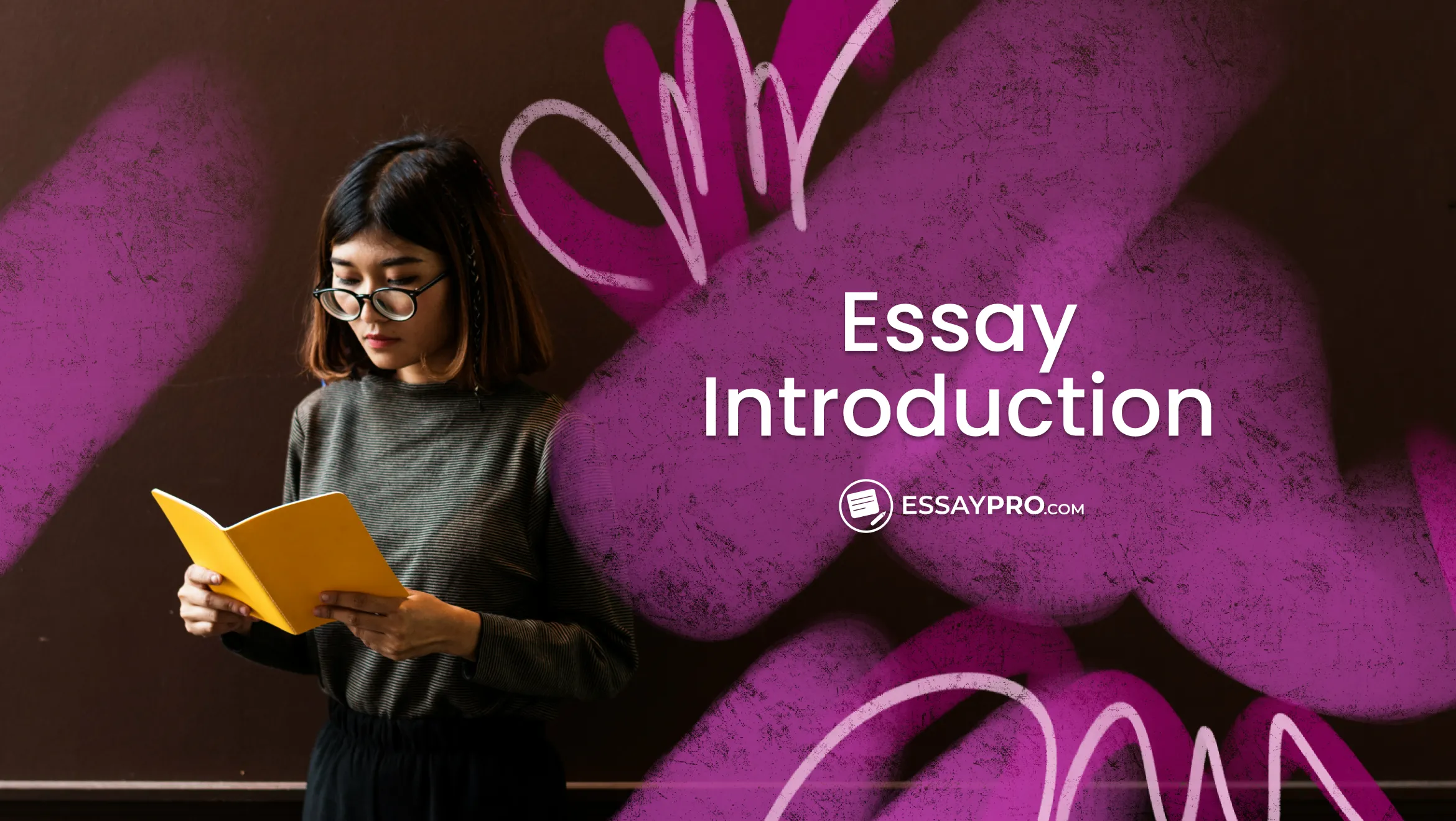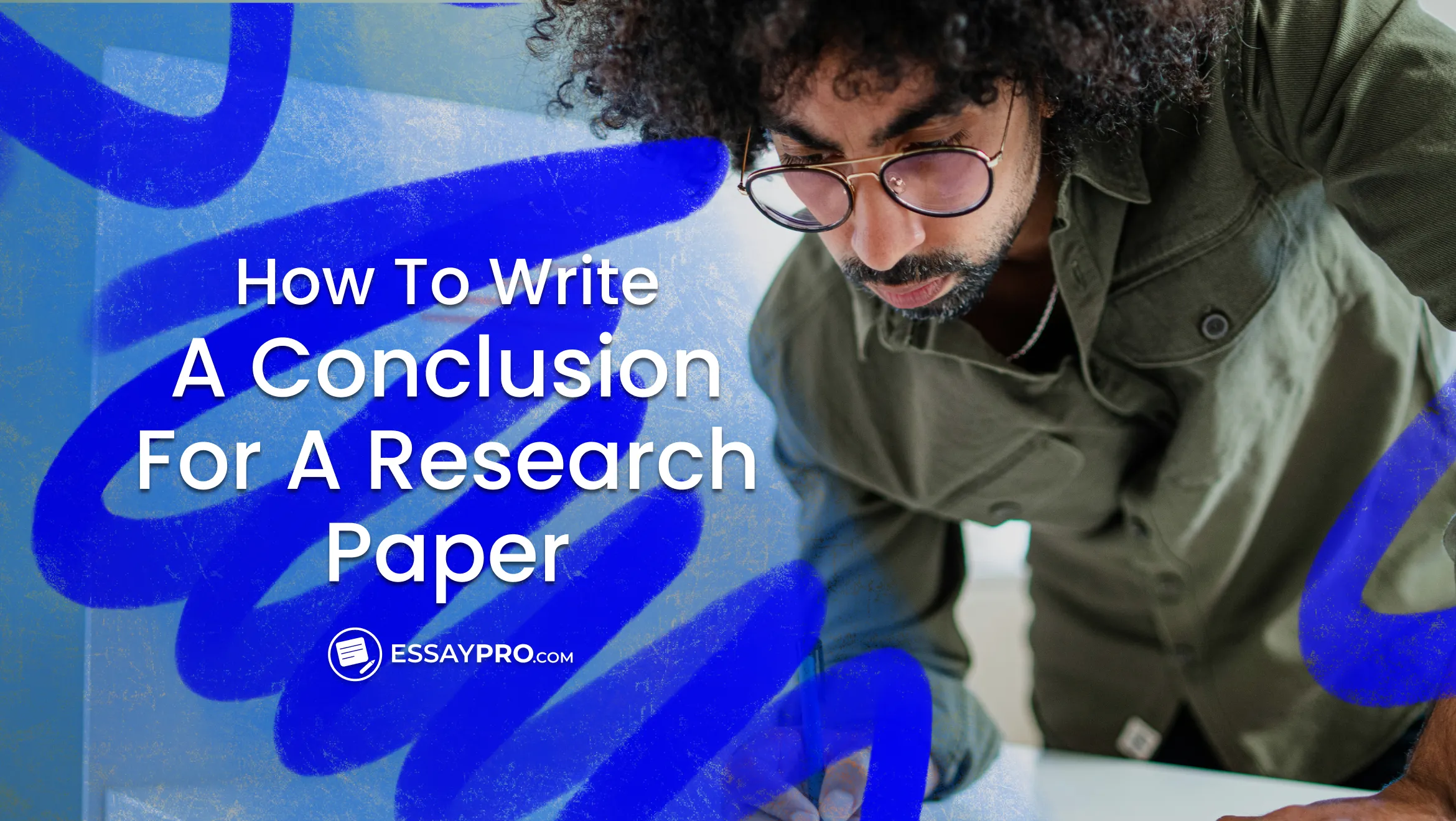An annotated bibliography is a list of sources accompanied by descriptive and evaluative comments. Each reference entry contains two parts: a citation and a short annotation that summarizes the work. When you write annotated bibliographies, you piece together the bigger picture behind existing research. It's both a map and a reflection of the groundwork for your research project.
This article will teach you how to write an annotated bibliography. You'll learn how to format and structure your entries so the bibliography is purposeful. In case the workload feels heavy at any moment, EssayPro's help is always within reach. Our annotated bibliography writing services pair you with a writer who understands every citation style inside out.
What Is an Annotated Bibliography?
An annotated bibliography is a list of sources accompanied by brief explanations or evaluations. Each note, or annotation, clarifies why what the source includes is valuable for your particular topic.
Its main purpose is to show the scope of your research and your understanding of it. When you create one, you gather background, identify patterns, and connect existing ideas. The same habits play a role when you're learning how to write a concept paper, where giving enough background information is essential.
Annotated Bibliography Structure
Every well-built annotated bibliography consists of two components. Together, they create a record that shows the insights that you've gained during this stage of research. Each entry reflects the understanding you've built through your sources:
- Citation – A complete reference written according to assignment guidelines. It includes all the key details and where the work can be found.
- Annotation – A focused one paragraph that sums up the main point and shows how the source adds to your project.
Types of Annotations
Every annotation serves a slightly different goal. It will be up to what your project needs. Some annotations just describe the research sources, but others might focus more on their quality. These are the main types of annotated bibliographies:
- Descriptive Annotation – Explains what the source is about. It gives a neutral but still comprehensive overview of the main ideas and topics.
- Evaluative Annotation – Takes the trustworthiness of the source into consideration. It can address the author's background or how persuasive the evidence seems.
- Reflective Annotation – Shows why the source is valuable for your project. It describes how the material helps you answer further research questions.
Still Have Questions About Writing Your Annotated Bibliography?
🔑 Quick Tip: You don’t have to figure it out yourself! Check out our EssayPro Community to see how others have tackled it and discover services to help you get it done faster and more easily.
Give It a Try – It’s Free!


How to Format an Annotated Bibliography?
Proper format gives your annotated bibliography order. A clean layout helps readers easily move through your work. Even the way you space a line shows whether you've done it with care or inattention. The annotated bibliography format guidelines below will help you build professional entries:
- Start every reference entry with a full citation written in the style your instructor requires.
- Place the annotation with a new paragraph directly underneath.
- Indent the annotation so it aligns with the second line of the citation.
- List all entries in alphabetical order by the author's last name.
- Around 100 to 200 words is usually enough for the entire annotation.
Each citation style has its own rules, so let's understand what sets each publication manual apart:
- APA (American Psychological Association) Format: Includes author initials, the year of publication, with titles italicized and a hanging indent.
- MLA (Modern Language Association) Style: Spells out full author names, titles are italicized, and publication details are listed without parentheses.
- Chicago Style Format: Provides full publication information and may use notes or a bibliography, depending on the version.
The main difference between APA and MLA is their focus. The APA format focuses on the author's initials and publication year. The MLA handbook places more weight on publication details and includes full names.
How to Write an Annotated Bibliography in 5 Steps
Writing an annotated bibliography will become easier once you break the project down into parts. The following section will cover each of these steps in detail so you can be sure you meet all academic guidelines:
- Collecting your sources
- Checking if they fit your project
- Formatting the citation correctly
- Writing a short, clear note about it
- Listing them in ABC order

Step 1: Gather Sources
Determine the main question or theme. A few thoughtful minutes here can spare you long hours of rework later. The right materials almost stand out on their own once you have a clear focus. Pieces that dig deep into your given topic will always win over those just skimming its surface. Here's where you can start your research project:
- Academic databases (JSTOR or Google Scholar)
- Your college or university library catalog
- Established research journal articles and trusted organizations
Step 2: Review Usefulness for Your Research Project
Not every source deserves a place in your bibliography. So, start filtering: look closely at what kind of reputation the author holds in the field. Check the date, too, because research loses its edge fast. The first few lines of the abstract can help you understand if the piece will actually give you anything of value.
Credible sources don't make vague claims. They need to sharpen your point; otherwise, they don't belong in your work. The best ones must show real evidence and back it up with logical reasoning.
Step 3: Create the Citation in the Required Format
Start each entry with a citation in the required style. Accuracy here matters more than flair. Pay attention to the small details that separate formats: even a misplaced comma or missed italics can throw everything off. Correct bibliographic citations help the reader track down the same material if needed. Pause before moving forward and review your references so nothing looks out of place.
Keep note of:
- The proper order of author, date, title, and source
- Italicized titles and precise punctuation
- Hanging indents and even spacing across the page
Step 4: Write a Clear and Focused Annotation
Now comes the explanation. Write a short paragraph describing the main idea of the source and why it belongs in your own research. Once you summarize them, move on to the findings of research sources and how they fit your topic. Find balance: enough detail to be helpful without turning into a short essay. Around 100 to 200 fit perfectly within this scope. This note reminds you of what the source gives you.
Step 5: Arrange Entries in Alphabetical Order
Once every bibliographic citation and note is finished, bring order to the annotated list. If you want to keep everything professional and clear, the best route is to sort the reference list alphabetically. Scan the whole page for consistency in all necessary details. A tidy structure might seem small, but it makes a strong impression. It shows you've taken the time to respect both your sources and your reader.
Final Thoughts
Annotated bibliographies reveal how you've tested the information's worth and built a strong enough foundation for your ideas. Each entry marks a choice to keep what matters and let go of what doesn't. By the time you reach the end, you've shaped the early bones of your main argument.
There's no shame in getting a hand when writing feels too heavy. EssayPro offers students professional paper writing help that saves you energy for thinking, not formatting.
FAQ
What Does an Annotated Bibliography Look Like?
An annotated bibliography contains a full citation list with a brief note that follows each entry. The page is double-spaced with hanging indents. Each entry contains a formatted reference and a brief explanation or evaluation of the source.
How Long Should an Annotated Bibliography Be?
Most annotations are from 100 to 200 words. The word count depends on the number of sources your project requires.
What to Include in an Annotated Bibliography?
Each entry includes two main parts: a citation written in the assigned style and an annotation where you summarize or evaluate the source.

Daniel Parker
is a seasoned educational writer focusing on scholarship guidance, research papers, and various forms of academic essays including reflective and narrative essays. His expertise also extends to detailed case studies. A scholar with a background in English Literature and Education, Daniel’s work on EssayPro blog aims to support students in achieving academic excellence and securing scholarships. His hobbies include reading classic literature and participating in academic forums.
- Knott, D. (2019). Writing an Annotated Bibliography | Writing Advice. https://advice.writing.utoronto.ca/types-of-writing/annotated-bibliography/
- ANNOTATED BIBLIOGRAPHY. (n.d.). https://www.wgtn.ac.nz/student-learning/pdf-resources/Annotated-bibliography.pdf








